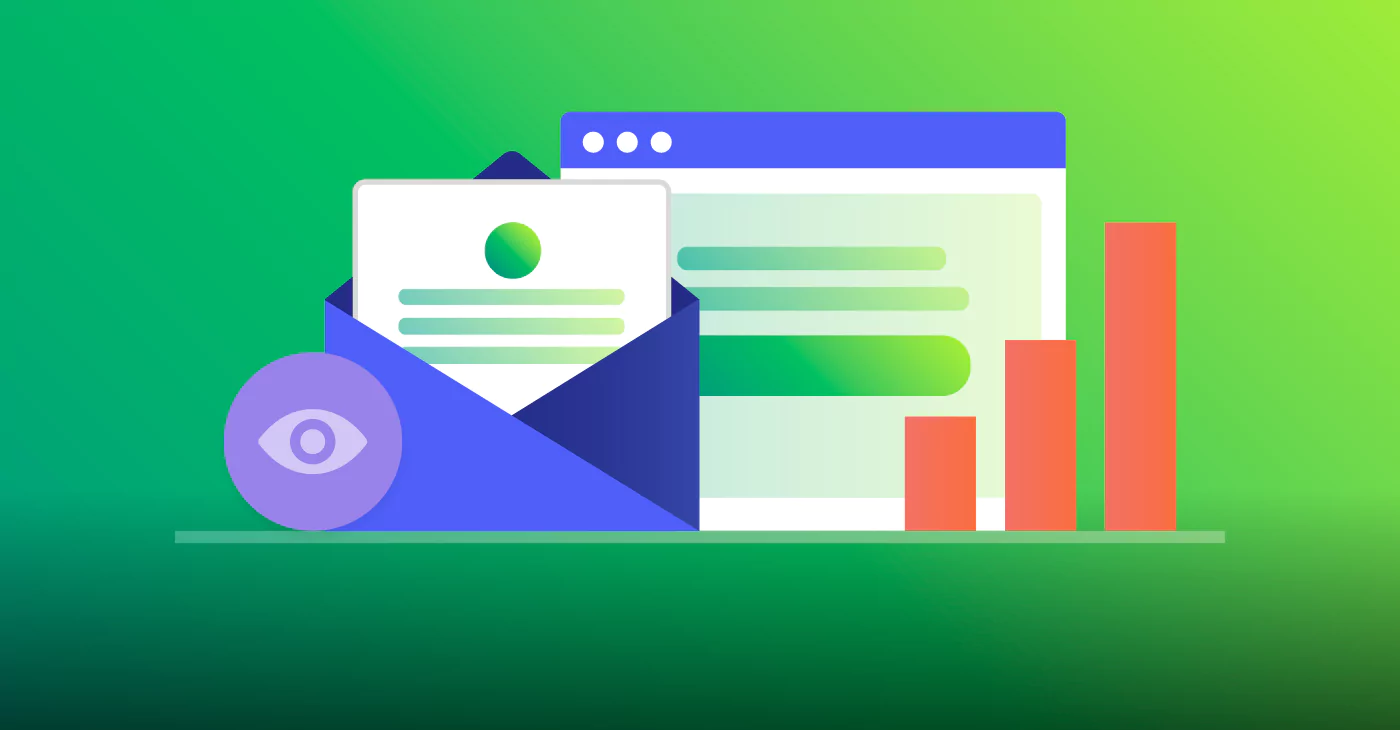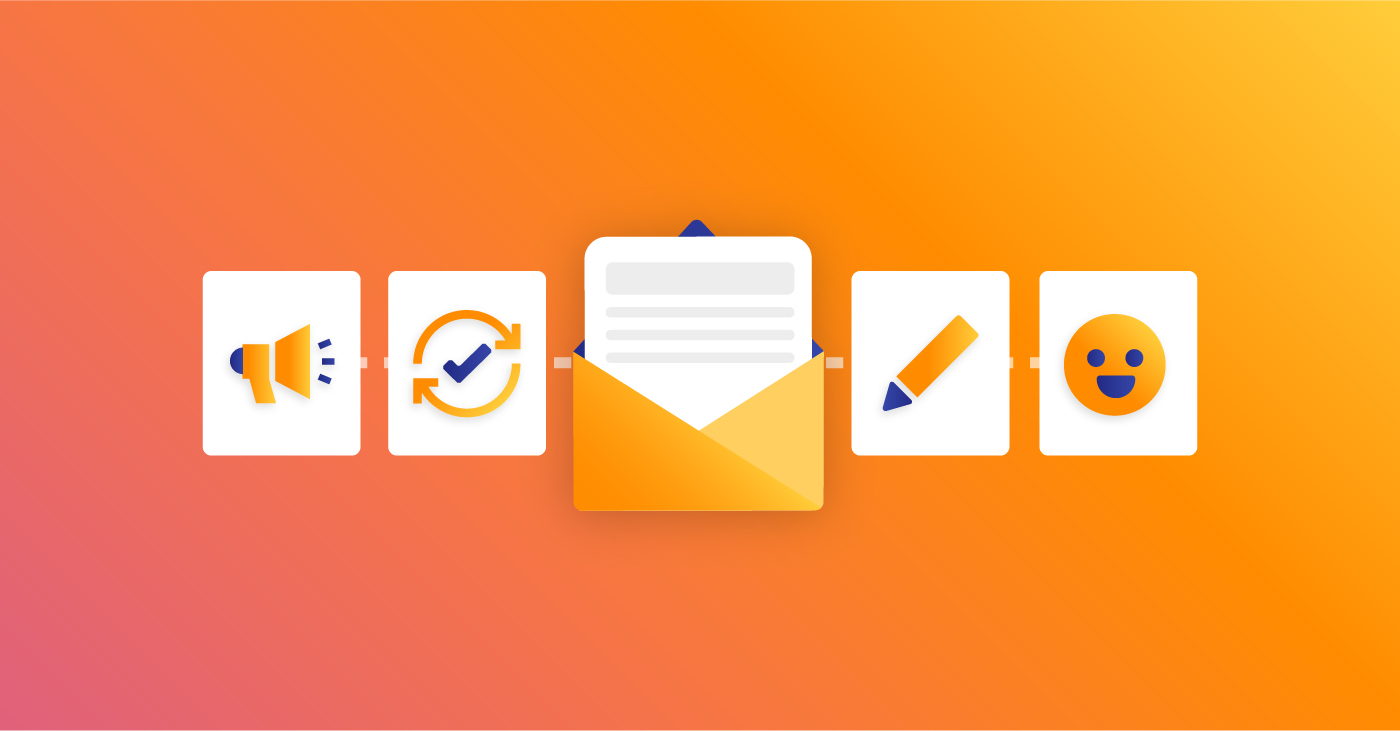
Email marketing continues to be a cornerstone of digital marketing strategies, offering businesses a direct line of communication to engage and nurture their audience. However, diving into the world of email marketing without proper preparation can lead to missed opportunities and suboptimal results. To ensure success from the start, it’s crucial to have a comprehensive checklist that covers all the essential steps before launching your email marketing campaigns.
In this article, we present your ultimate email marketing checklist—a roadmap to guide you through the crucial preparatory stages. Whether you’re a seasoned marketer or just beginning to explore the power of email, this checklist will help you lay a solid foundation for effective and impactful campaigns.
By following this comprehensive checklist, you’ll be well-equipped to embark on your email marketing journey with confidence. You’ll have a solid foundation in place, ensuring that your campaigns are well-targeted, engaging, and aligned with your business goals.
So join us as we guide you through the essential steps of our checklist. Get ready to unlock the full potential of email marketing and drive impactful results for your business.
Your Email Marketing Checklist
Before starting email marketing, marketers should take several important steps to ensure they lay a strong foundation for their campaigns. Here are some essential things to do before diving into email marketing:
1. Define Goals and Objectives
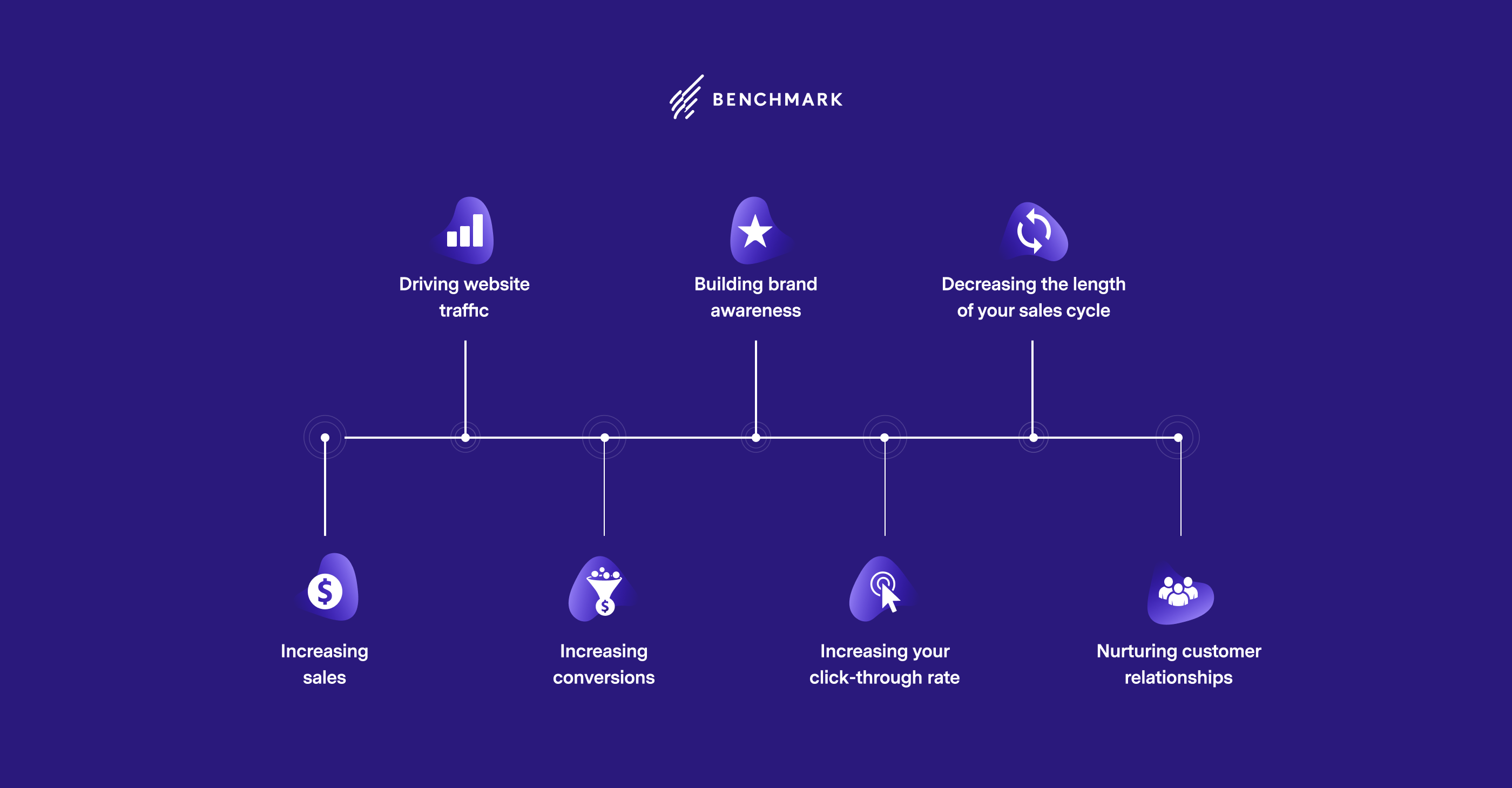
Clearly establish your goals and objectives for email marketing. Determine what you want to achieve through your email campaigns. Setting specific and measurable goals will guide your strategy and help you track the success of your campaigns. Some email marketing goals include:
- Increasing sales
- Driving website traffic
- Increasing conversions
- Building brand awareness
- Increasing your click-through rate
- Decreasing the length of your sales cycle
- Nurturing customer relationships
2. Know Your Audience

Understanding your target audience is paramount. Develop buyer personas to identify their preferences, pain points, and communication preferences. Doing so will allow you to tailor your content to resonate with their needs, ensuring higher engagement and conversions. Identify factors like:
- Job title
- Age
- Industry
- Region
- Major pain points
3. Build an Opt-In Email List
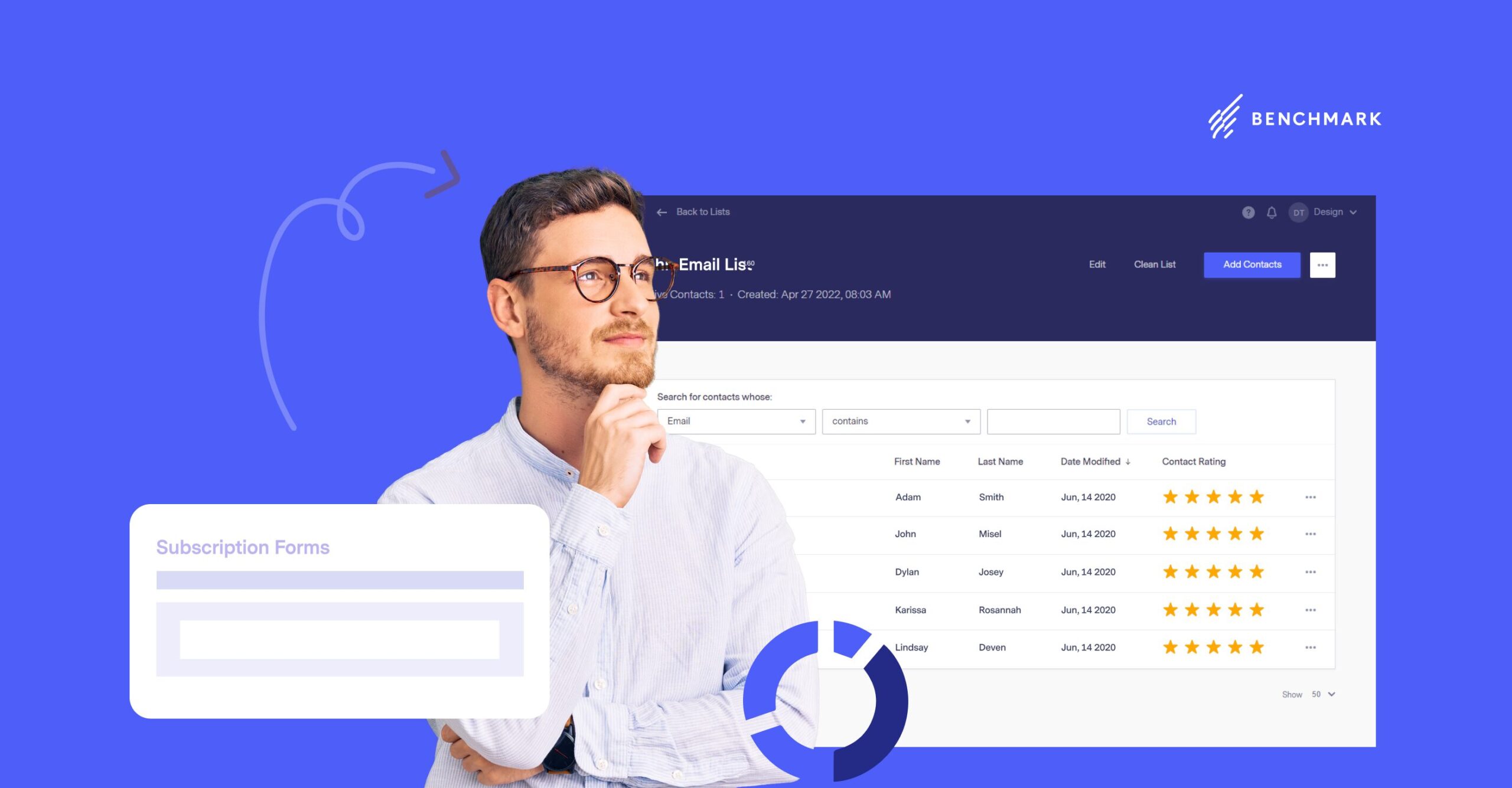
Focus on growing an opt-in email list of individuals who have explicitly given you permission to send them emails. Offer value in exchange for their email addresses, such as exclusive content, discounts, or free resources. Implement opt-in forms on your website, landing pages, and social media channels to capture email leads. Avoid purchasing or using email lists without consent, as it can harm your reputation and deliverability.
4. Choose an Email Service Provider (ESP)
Select a reputable and reliable email service provider that meets your needs. An ESP will provide you with the necessary tools, features, and infrastructure to create, manage, and send email campaigns. Consider factors like:
- Deliverability rates
- Ease of use
- Automation capabilities
- List management
- Analytics
- List building features (online form and landing page builder)
- Integrations
5. Segment Your Audience
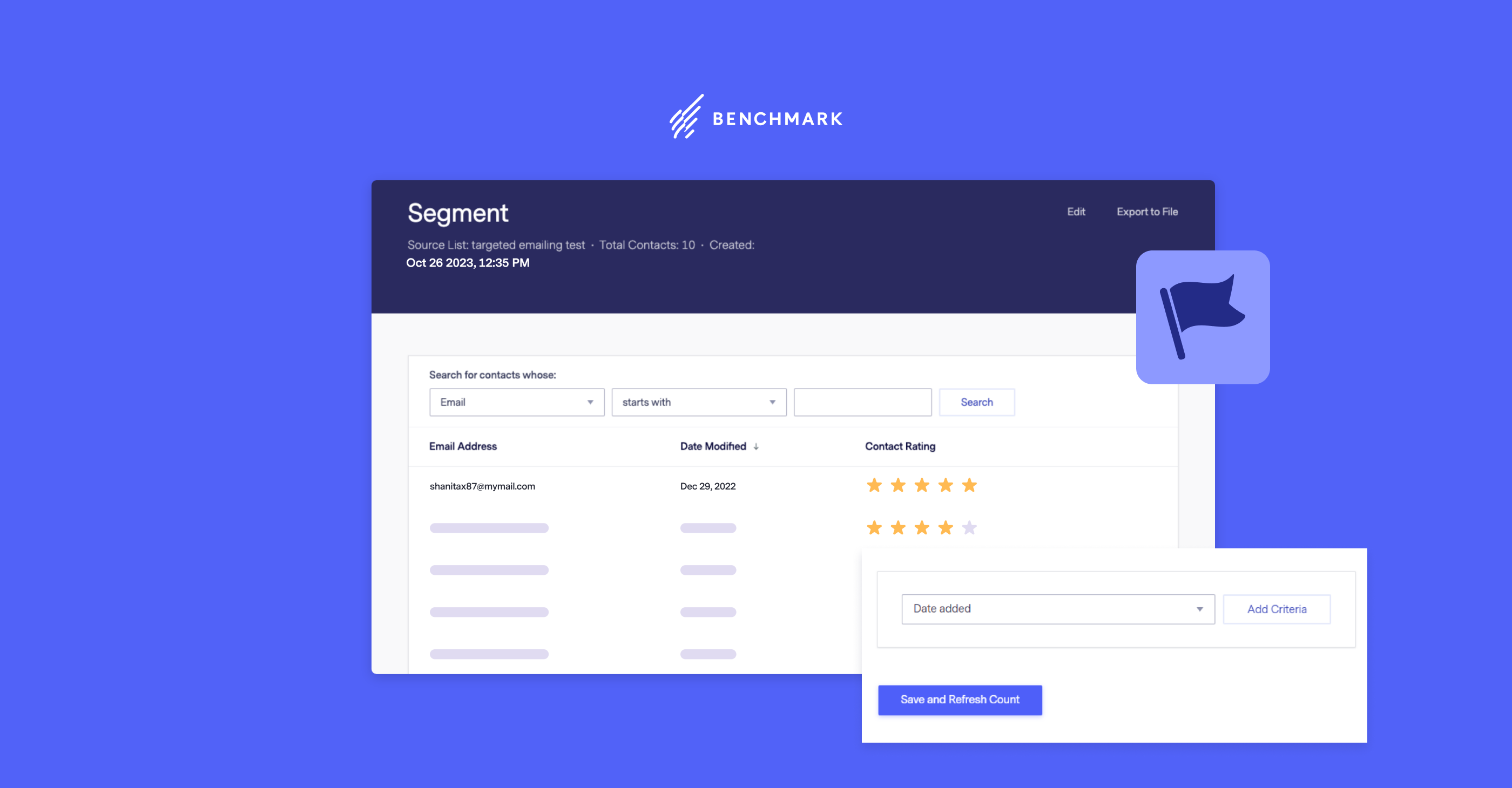
Frank Spear of WPBeginner states, “If you want to embark on your email marketing journey, make sure you research your target audience and create segments for the different groups of people who will sign up. For instance, online pet stores need to segment their audience by what type of pet each person owns; otherwise, people with dogs will get meaningless promotions for cat food.”
Divide your email list into smaller segments based on common characteristics, preferences, or behaviors. This allows you to send more targeted and relevant emails to specific segments, increasing engagement and improving conversion rates. Segmentations can be based on the following criteria:
- Demographics
- Purchase history
- Engagement level
- Region
- Industry
- Where they are in the buyer’s journey
6. Craft a Compelling Value Proposition
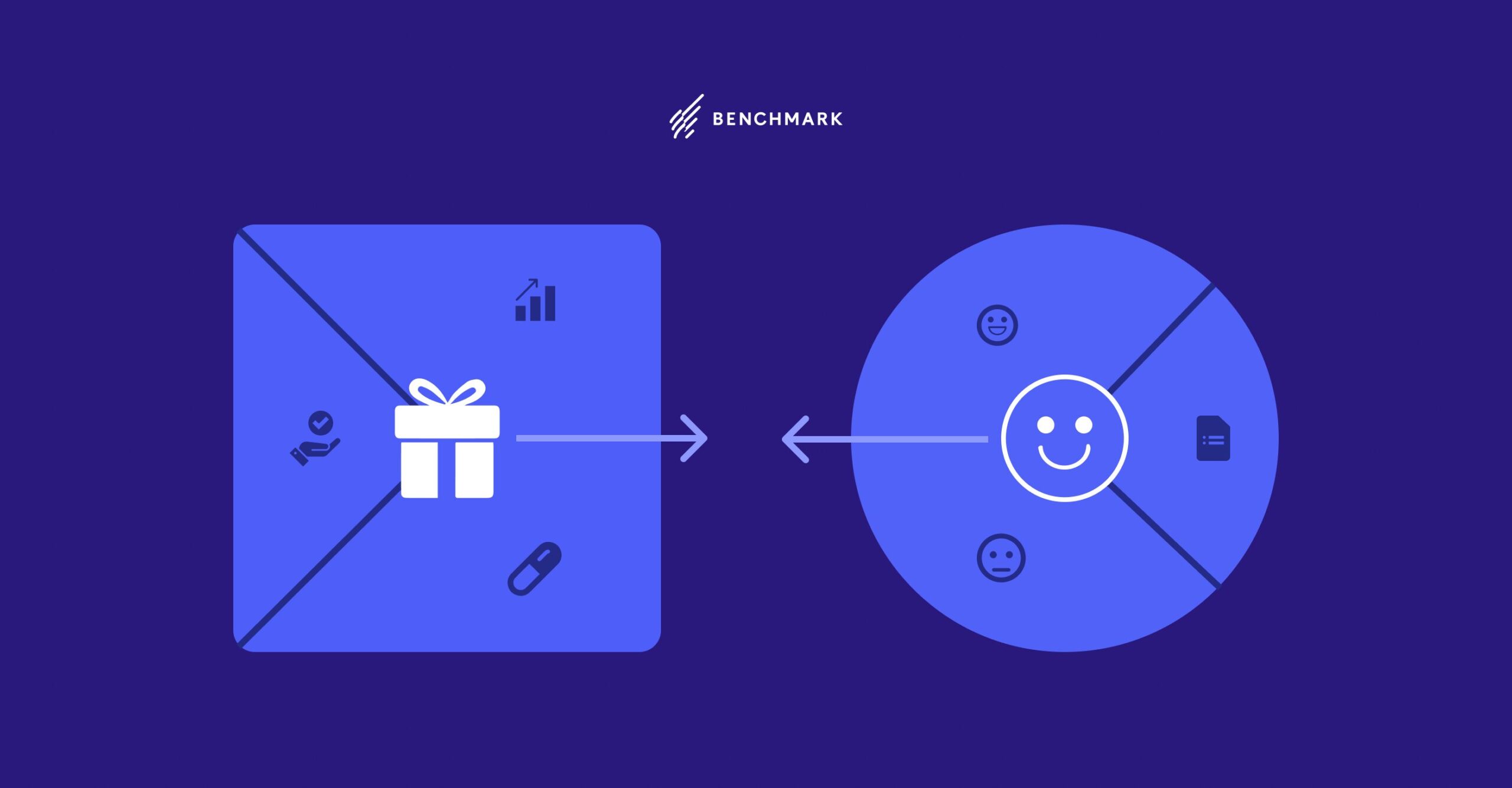
Clearly communicate the value and benefits that subscribers will receive by being part of your email list. Craft a compelling value proposition that highlights what subscribers can expect, such as exclusive content, educational resources, product updates, promotions, or personalized recommendations. Make it enticing for potential subscribers to join your email list.
7. Develop a Content Strategy
Create a content strategy for your email marketing campaigns. Determine the types of content you will send, such as newsletters, product updates, blog digests, educational resources, or promotional offers. Plan the frequency of your emails and establish a consistent schedule. Align your content strategy with your goals and target audience’s needs to deliver relevant and engaging emails.
Types of content that fuel your email campaigns include:
- Blog articles
- Downloadable guides
- Whitepapers
- Webinars
- Social media posts and testimonials
- Guest-contributed content
- Videos and tutorials
8. Design Engaging Email Templates
Create visually appealing and mobile-responsive email templates that reflect your brand identity. Use professional design tools or leverage the templates provided by your email service provider. Ensure your templates are consistent with your website and other marketing materials. Pay attention to email formatting, readability, and clear call-to-action buttons to optimize conversions.
9. Implement Legal Compliance
Familiarize yourself with email marketing laws and regulations, such as the General Data Protection Regulation (GDPR) and the CAN-SPAM Act (if applicable to your region). Ensure you have proper consent for sending emails, include an unsubscribe option in every email, and respect subscribers’ privacy rights. Complying with legal requirements helps build trust with your subscribers and protects your brand reputation.
10. Develop a Testing and Optimization Strategy

Plan to test and optimize your email campaigns continuously. A/B test different elements like subject lines, email content, call-to-action buttons, or sending times to identify what resonates best with your audience. Monitor key metrics such as open rates, click-through rates, conversions, and unsubscribe rates to measure the effectiveness of your campaigns and make data-driven improvements.
11. Establish Email Automation
Leverage automation features provided by your email service provider to save time and deliver timely, personalized messages. Set up automated welcome emails, abandoned cart emails, birthday greetings, or nurture sequences based on subscriber actions or triggers. Email automation allows you to engage with subscribers at the right moment and nurture relationships effectively.
Use this checklist to guide you as you embark on your email marketing journey. And if you need some extra help, sign up for a free account with Benchmark Email.







